Sale!
Calathea yellow mosaic (jiffy sized)
Original price was: ₹200.₹119Current price is: ₹119.
20 in stock
Ask for more info
Description
In India, we can sell this Calathea yellow mosaic (jiffy sized) via online delivery systems to any states including Andhra Pradesh, Arunachal Pradesh, Assam, Bihar, Chhattisgarh, Goa, Gujarat, Haryana, Himachal Pradesh, Jammu & Kashmir, Jharkhand, Karnataka, Kerala, Madhya Pradesh, Maharashtra, Manipur, Meghalaya, Mizoram, Nagaland, Odisha (Orissa), Punjab, Rajasthan, Sikkim, Tamil Nadu, Telangana, Tripura, Uttar Pradesh, Uttarakhand, and West Bengal
Only logged in customers who have purchased this product may leave a review.

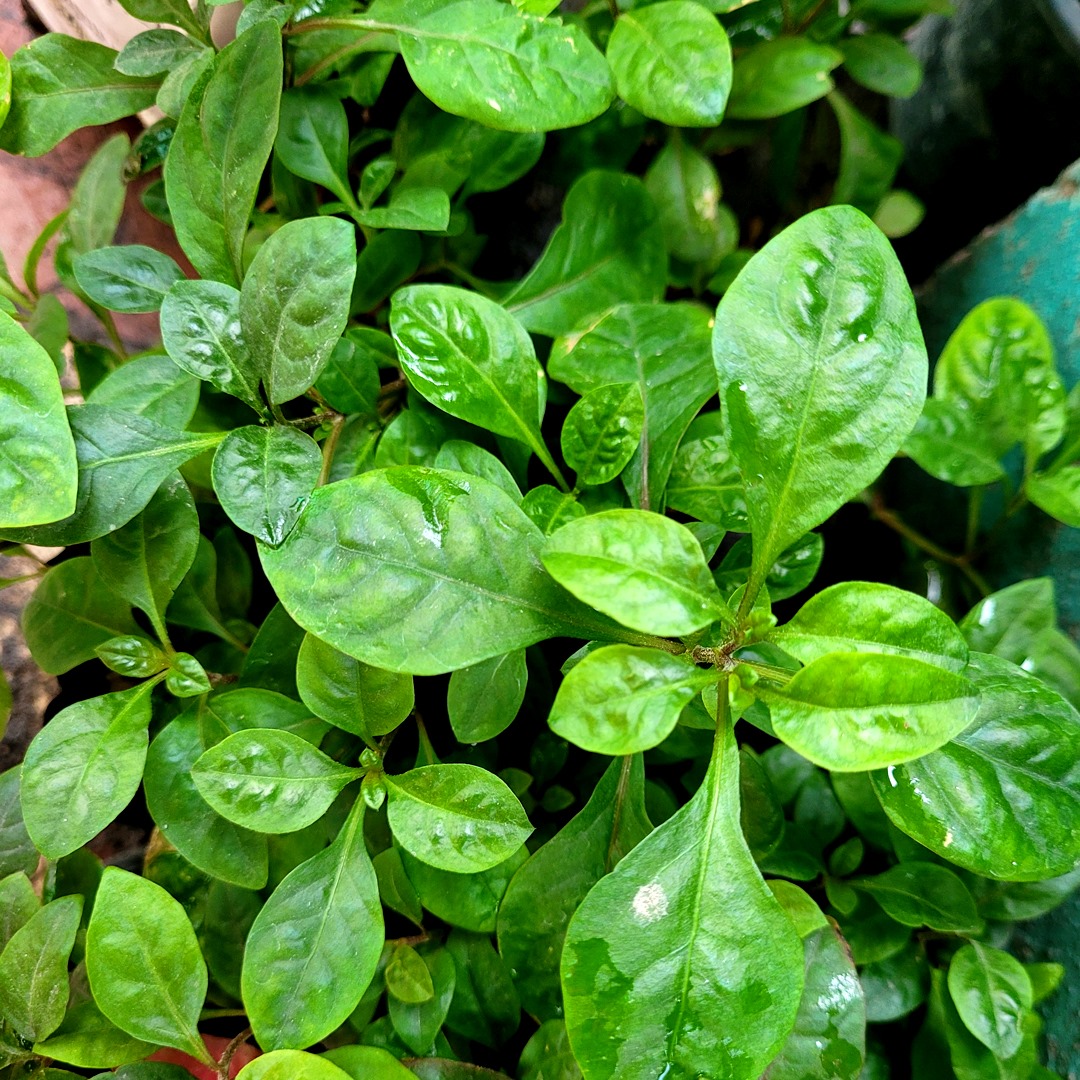

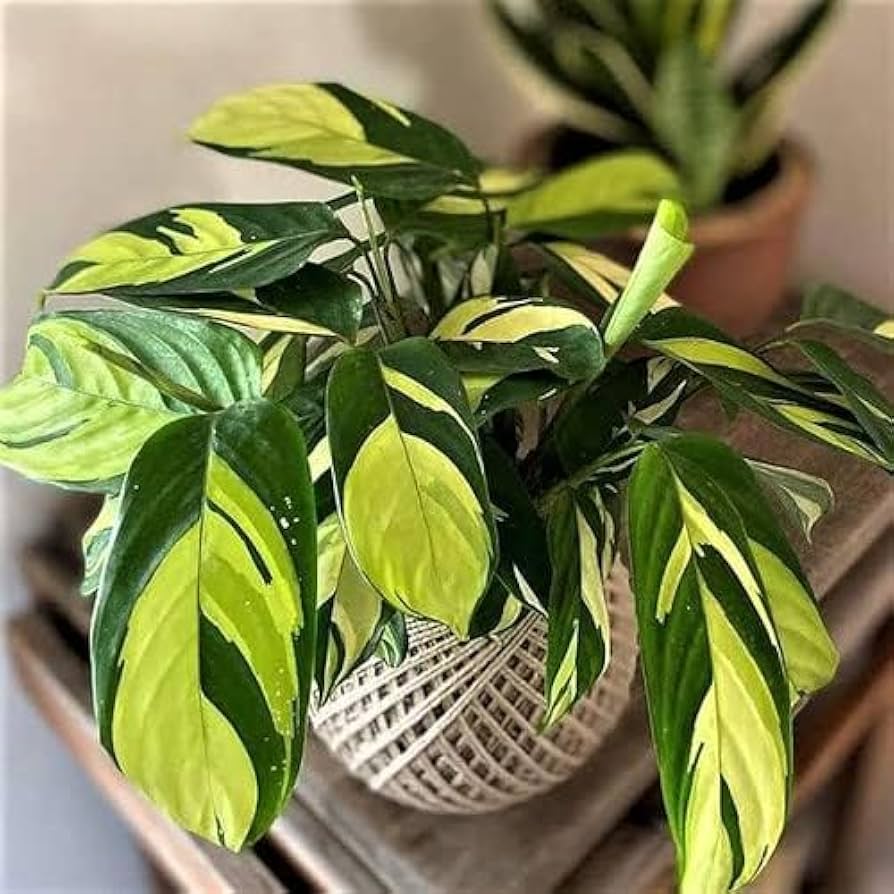
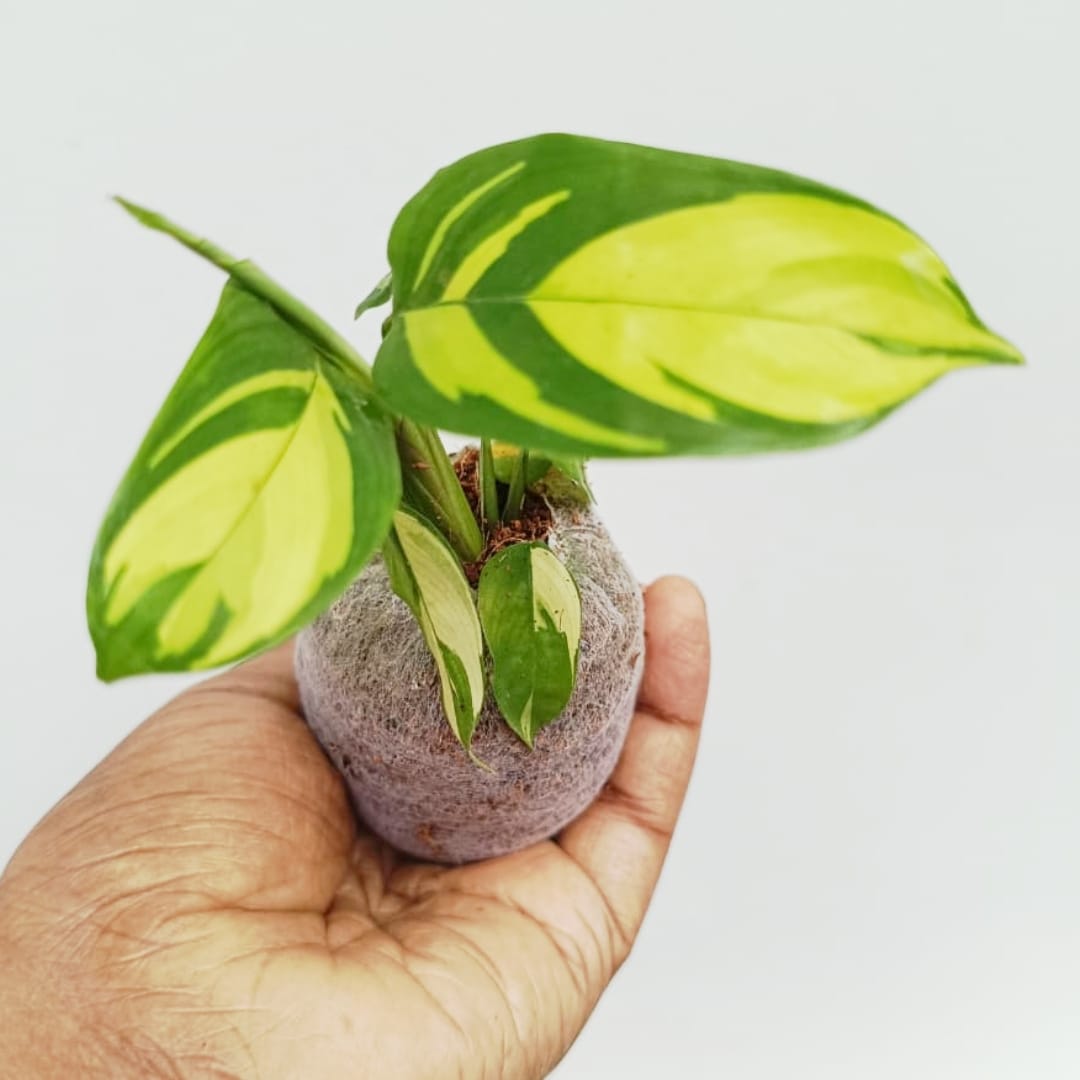


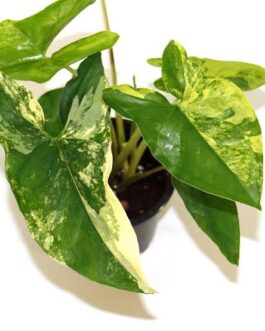
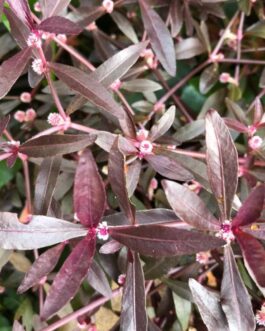
Reviews
There are no reviews yet.